.
1.08.2013
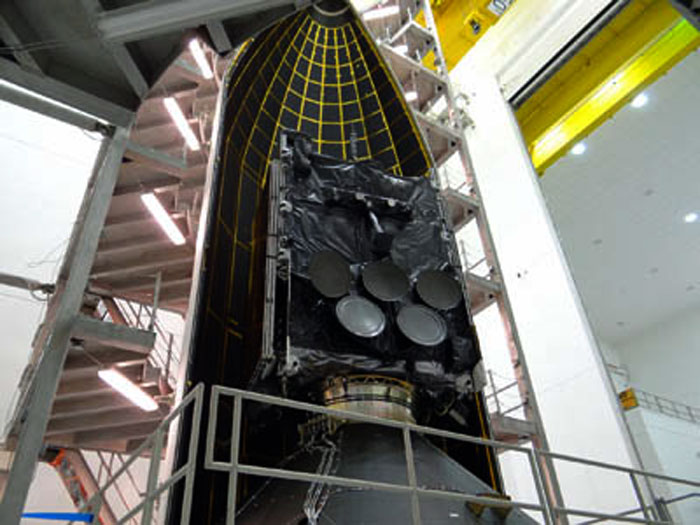
.
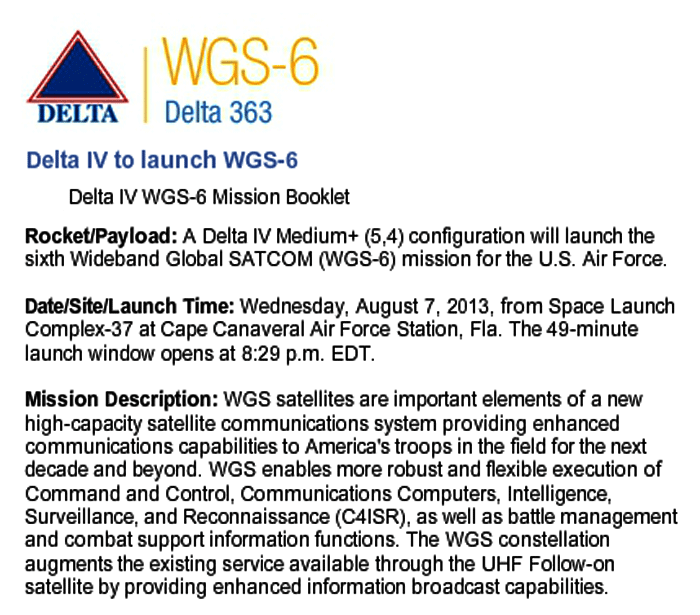
.
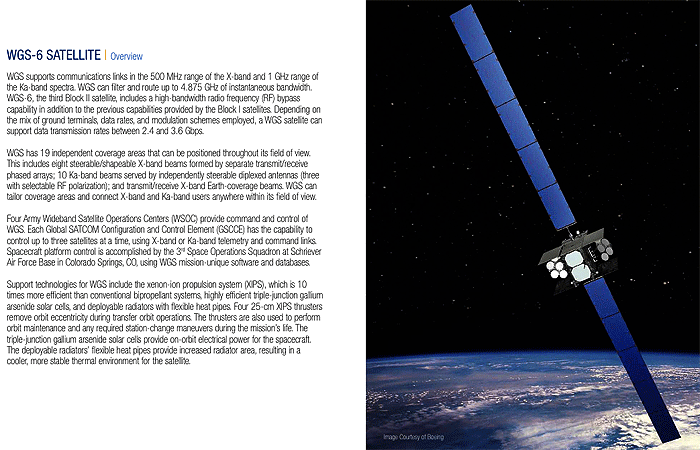
.

.
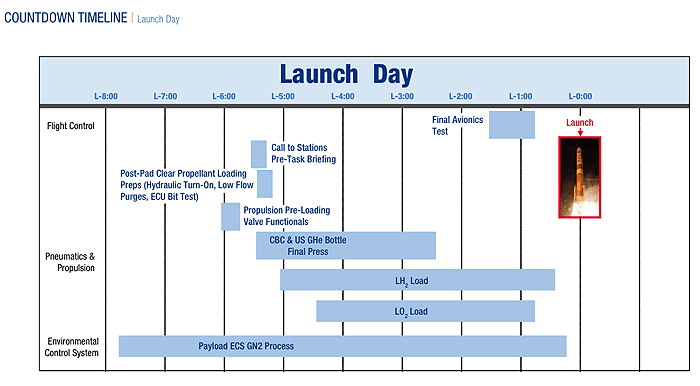
.
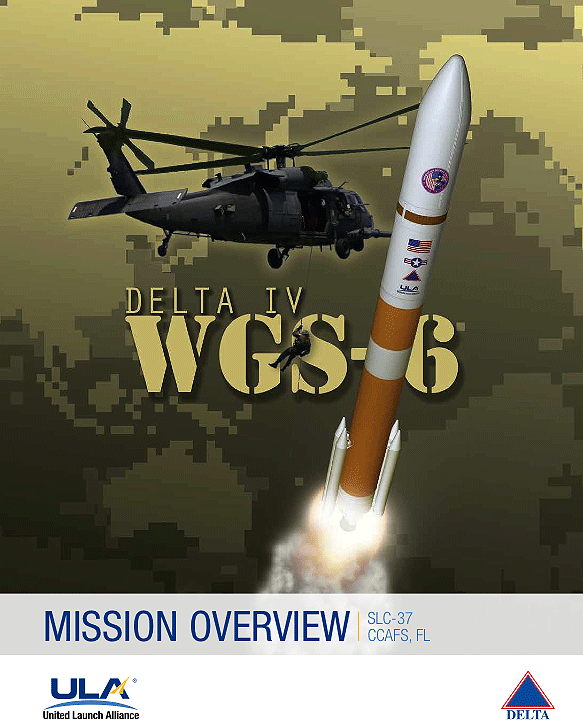
.
Update: 7.01.2013
.
CAPE CANAVERAL – A Delta IV rocket is being readied for launch this week at Cape Canaveral Air Force Station with an advanced military communications satellite.The 217-foot-tall United Launch Alliance rocket is scheduled to blast off from Launch Complex 37 at Cape Canaveral Air Force Station at 8:29 p.m. Wednesday. The launch window that night will extend through 9:18 p.m.
Air Force meteorologists are expecting favorable weather. A forecast issued today calls for an 80 percent chance that conditions will be acceptable for launch. The prime concern is a chance of coastal showers that could push low-level cumulus clouds into the area during the 49-minute launch window.
The rocket will haul up the sixth in a series of Wideband Global SATCOM satellites. Made by Boeing, the spacecraft designed to provide the U.S. Department of Defense, the White House and U.S. and allied troops around the world with secure, high-bandwidth communications.
A single WGS spacecraft is capable of providing more bandwidth capability than an entire constellation of predecessor Defense Satellite Communications System (DCSC) spacecraft.

A United Launch Alliance Delta IV rocket equipped with four strap-on solid rocket boosters is being readied to launch Wednesday night at Cape Canaveral Air Force Station's Launch Complex 37, shown in this file photo. / Malcolm Denemark, FLORIDA TODAY
.
Update: 8.08.2013
.
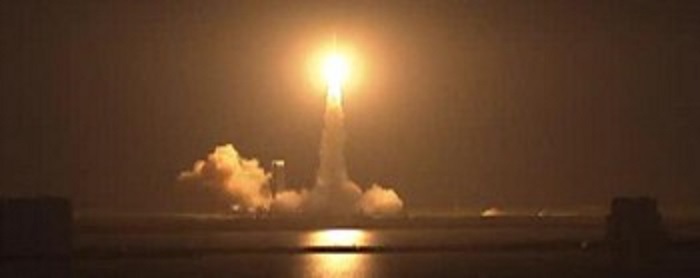
A Delta IV rocket was launched by United Launch Alliance on Wednesday night, prior to successfully deploying the WGS-6 satellite for the US Air Force. Liftoff from Space Launch Complex 37 at the Cape Canaveral Air Force Station was on schedule at 20:29 EDT (00:29 UTC on Thursday).
.
A United Launch Alliance Delta 4 rocket carrying the latest in an international fleet of military communications satellites -- this one paid for by Australia -- climbed into orbit Wednesday after a picture-perfect launch from Cape Canaveral.
The 21-story-tall Delta 4, equipped with four solid-fuel strap-on boosters for extra liftoff power, roared to life on time at 8:29 p.m. EDT (GMT-4) and quickly climbed away from launch complex 37B at the Cape Canaveral Air Force Station.Trailing a thick cloud of churning exhaust and a torrent of fire from its strap-on boosters, the rocket put on a dramatic show for area residents and tourists as it rose into sunlight and accelerated away high above the Atlantic Ocean.
The strap-ons burned out and were jettioned in pairs about one minute and 40 seconds after liftoff. The hydrogen-fueled RS-68 first stage engine shut own two-and-a-half minutes later, the spent stage fell away and the second stage RL10B-2 engine ignited to continue the push to space.
The second stage engine burned for 16 minutes, putting the rocket into a preliminary elliptical orbit. A second three-minute firing completed the launch phase of the flight and the payload -- the sixth Wideband Global SATCOM, or WGS -- satellite was released to fly on its own 40 minutes after liftoff, at 9:09 p.m.
Built by Boeing, the 13,200-pound WGS-6 satellite will join a globe-spanning military communications network shared by the United States, Australia, Canada, Denmark, Luxembourg, the Netherlands and New Zealand.
At least 10 satellites are planned. Australia is paying some $700 million for the WGS-6 satellite, the ULA Delta 4 rocket and support services through the life of the program. WGS-9 is being financed by the other five partner nations while the U.S. Air Force is responsible for the rest of the fleet.
Dave Madden, director of the U.S. Air Force Military Satellite Communications Systems Directorate, or MILSATCOM, said sharing resources "is very consistent with what the Department of Defense wants to do to form stronger coalitions with our allied partners."
"When budgets get tight, it actually forces people to think more and work harder together," he said. "I think the reductions in the budgets are going to enable us to form some very strong partnerships with a lot of our allied partners that will significantly bring down our operating costs of system and create better interoperability between our forces when we deploy together."
Designed to replace earlier Defense Satellite Communications System spacecraft, the WGS relay stations have 10 times the capacity of the satellites they are replacing and will provide enhanced communications and expanded coverage for the United States and its six international partners.
Each satellite features high-speed X-band and Ka-band communications and realtime spacecraft-based "cross-banding" to enhance compatibility.
"Where that really comes into play is the key capability of interoperability between various terminals and war fighters," Madden said. "For example, a Navy ship can be operating X-band and go up to WGS system and be able to communicate with somebody else operating with a Ka terminal and vice-versa.
"It allows us more flexibility on the ground, the satellite does that conversion for them and we can cross-talk across the services."
Capable of data rates up to 3.6 gigabytes per second, WGS satellite can handle "large amounts of data, video type information, two commanders trying to talk to each other over video teleconference, share information, intelligence, surveillance and reconnaissance data, large files that have to move through the system," Madden said.
WGS-6 was released into a so-called super-synchronous transfer orbit with an apogee, or high point, of slightly more than 41,500 miles and a perigee, or low point, of 274 miles.
Over the next three months, on-board thrusters will circularize the orbit at 22,300 miles above the equator where satellites take 24 hours to complete one orbit and thus appear stationary in the sky. After a month or so of testing and checkout, Boeing will turn the satellite over to Air Force controllers for operational use.
This was the 23rd launch of a Delta 4 since 2002, the 19th launched from Cape Canaveral, and the 16th Delta mission managed by United Launch Alliance, a partnership between Boeing and Lockheed Martin.
Next up for ULA is a heavy-lift Delta 4 flight from Vandenberg Air Force Base, Calif., on Aug. 28 to loft a classified National Reconnaissance Office satellite into orbit.
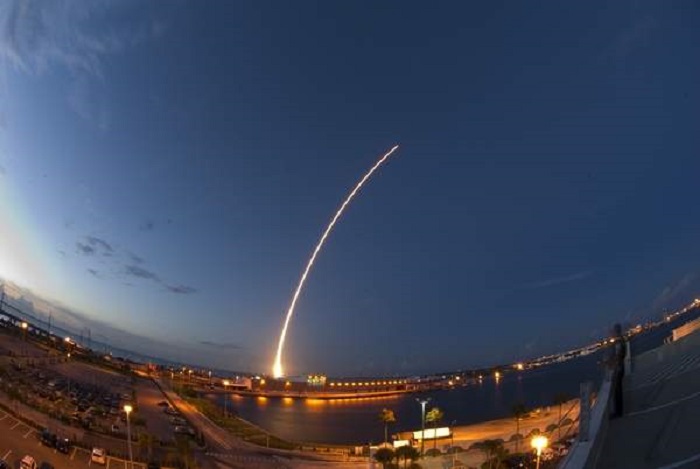
Quelle:CBS
.
Update: 8.08.2013 / 23.20 MESZ
---weitere Aufnahmen von Start;
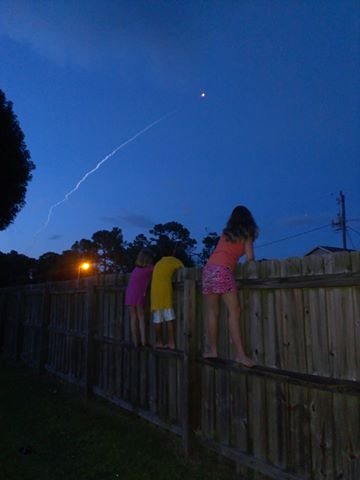
Kids watch the Delta IV rocket launch from Palm Bay. (PHOTO/ Debbie Franqui)
.
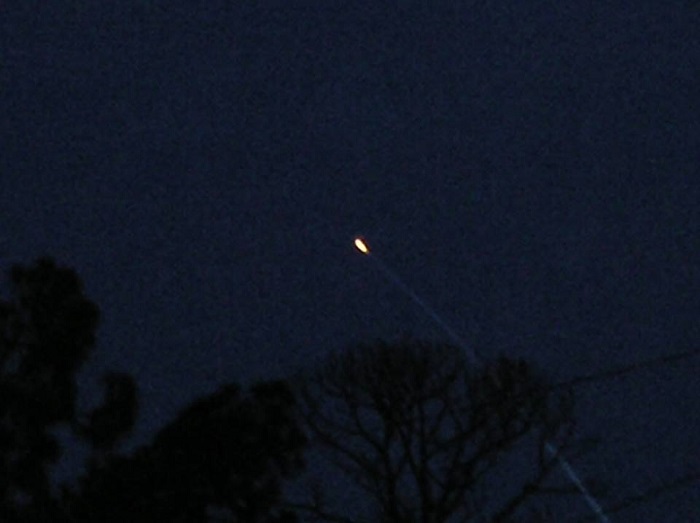
Delta IV rocket launch as seen from Port Orange. (PHOTO/ Dawn Horres)
.
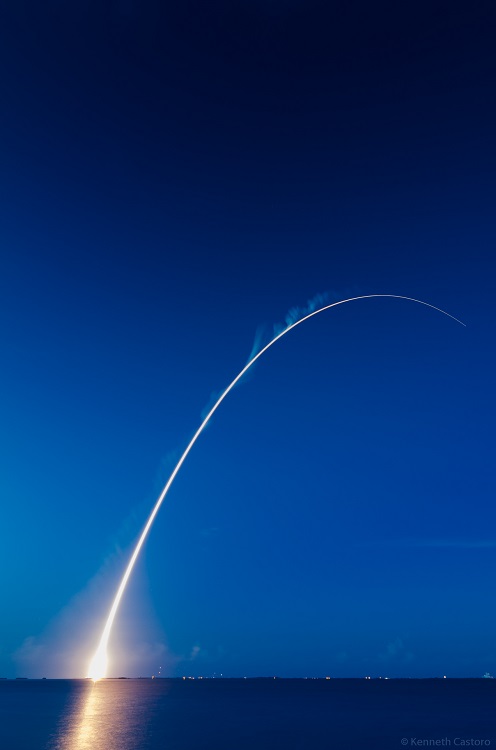
The Delta IV rocket launch, taken from Indialantic. (PHOTO/ Kenneth Castoro)
.
